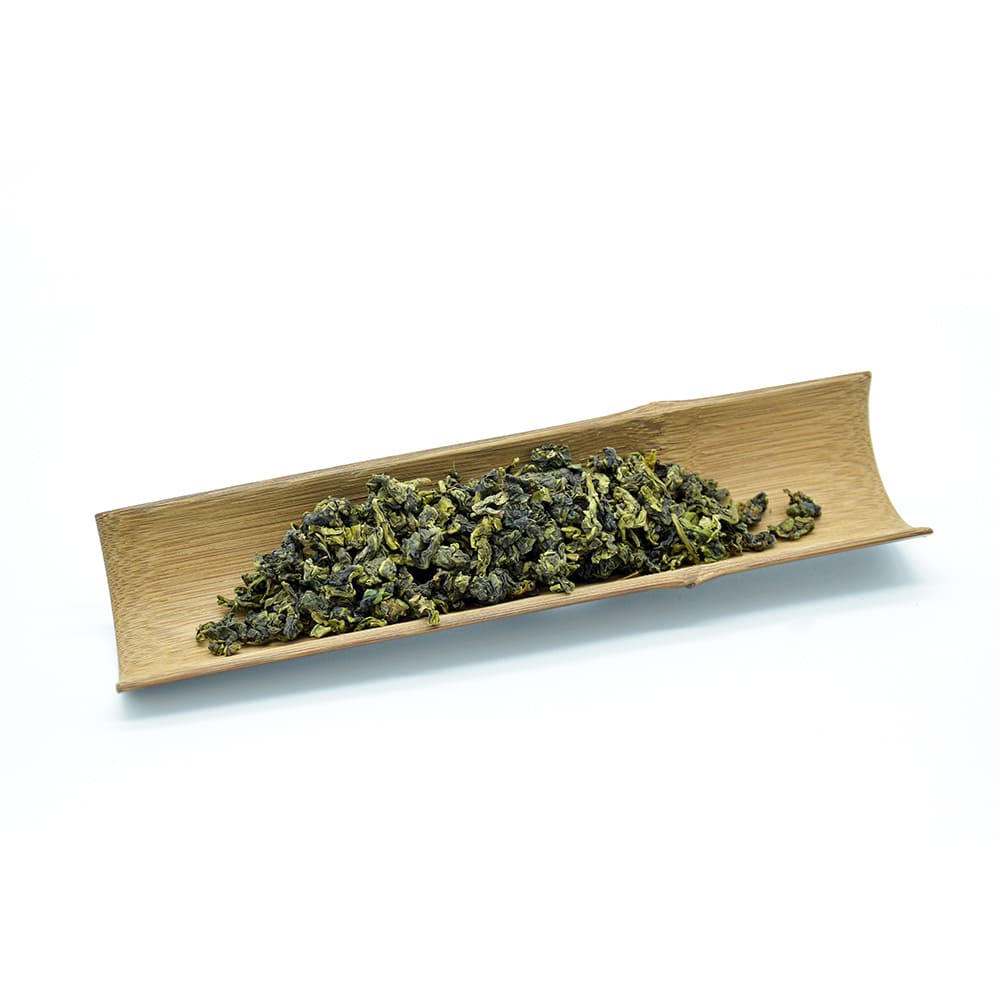Oolong tea, also known as “blue tea” or “azure tea”, is made from the leaves of the Camellia sinensis plant.
Its cultivation is ancient and originates in India, China, and Japan. What sets it apart from green and black tea is its partial oxidation. It is a “semi-fermented” variety processed through heat and humidity.
When sipping different cups of Oolong tea, you might not experience the same taste. This is because the flavour depends on the degree of fermentation and the type of final roasting/steaming. Rather than speaking of a single tea, we should refer to a true family of beverages. Just like in a family, the origin is shared, but individual characteristics can vary greatly.
Properties of Oolong Tea
A cup of Oolong tea contains:
-
water
-
trace elements important for the human body such as iron, magnesium, zinc, sodium
-
potassium and phosphorus
-
vitamins such as B2 and B9
-
caffeine
Health Benefits of Oolong Tea
Oolong tea is a good source of antioxidants and minerals (calcium, magnesium, and potassium). The presence of polyphenols helps fight free radicals and limit cellular ageing.
This means that regularly drinking Oolong tea can help you stay youthful and live longer (it's no coincidence that in Japan there are people of exceptionally advanced age).
Other benefits relate to the skin, teeth, bones, and brain. Oolong tea is also an excellent ally for those undergoing a weight loss journey: it speeds up metabolism and promotes diuresis, helping the body burn food more quickly and countering the dreaded water retention.
Does Oolong Tea Have Contraindications?
Oolong tea does not have particular contraindications, although excessive consumption could, due to the caffeine content in the beverage, cause nervousness and anxiety.

